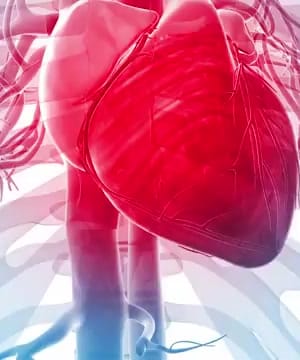What causes plaque buildup in arteries?
Sources:
Plaque buildup in arteries, also known as atherosclerosis, is primarily caused by a series of processes involving endothelial dysfunction and the accumulation of lipoproteins in the arterial wall. Here's a detailed explanation:
-
Endothelial Dysfunction: The endothelium is a layer of cells lining the arteries. When these cells become dysfunctional, they allow the passage of fat particles (lipoproteins) through them and into the subintimal layer of the artery wall. This dysfunction can be triggered by factors such as insulin resistance 1.
-
Role of Lipoproteins: Lipoproteins such as low-density lipoprotein (LDL) carry cholesterol through the bloodstream. There are two types of LDL: large buoyant and small dense. The small dense LDL particles are particularly problematic because they are more prone to oxidation and can more easily become trapped in the artery walls, contributing to plaque formation 1.
-
Foam Cell Formation: Once the lipoproteins infiltrate the subintimal layer, they often become oxidized and are then taken up by macrophages (a type of immune cell). These macrophages transform into foam cells, which accumulate and contribute to the formation of atherosclerotic plaque 2.
-
Inflammatory Response: The process of plaque formation is also closely linked to inflammation. Inflammatory cells accumulate at the site, further exacerbating the condition and leading to the formation of more complex plaques that can eventually lead to heart attacks or strokes if they rupture 1.
-
Metabolic Factors: Conditions like insulin resistance, high blood sugar, and obesity also exacerbate the formation of small dense LDL particles, increasing the risk and severity of plaque buildup 2.
Preventing or managing these factors, particularly through managing insulin resistance, maintaining a healthy diet, and avoiding smoking, are critical steps in preventing the progression of atherosclerosis.
RELATED QUESTIONS-
